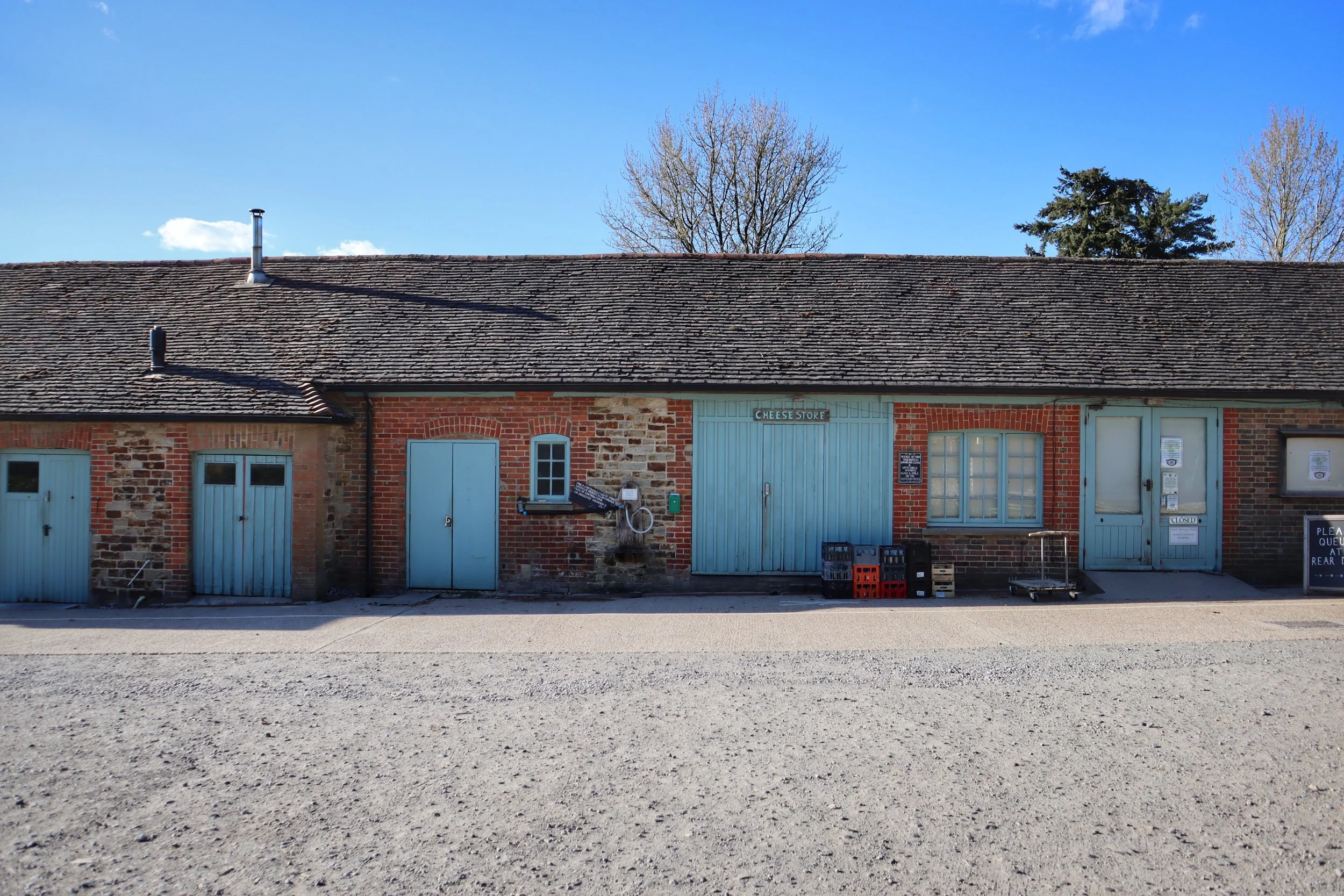Summer eating
Jenny Thornhill
My favourite things…
As many of you may know, I love food. I still get very excited by the produce coming from the Plaw Hatch garden and never more so than at this time of year. My summer suppers are variations on a theme but almost always involve courgettes, beans and tomatoes. These are my favourites.
Steam French or runner beans then stir olive tapenade into them (chopped anchovies are also a good addition), top with feta cheese. Drizzle with olive oil.
Roast or pan fry cherry tomatoes in olive oil (a squishy beef tomato added to them makes a lovely coating on the cherry tomatoes). When ready stir some fresh basil into it. Toast some Fermento Heritage bread, smother with olive oil then pile the tomatoes on top.
Sauté sliced small courgettes in butter on a low heat until the courgettes are caramelised, (takes about 40 mins or more), shake the pan rather than stir them so they don’t break up.
The courgettes are delicious with feta / the roasted tomatoes / the beans / a steak /on the toasted olive oily bread and even on their own if there’s enough of them. The only downside of this dish is the patience required while they cook.
The other great addition to these dishes is tzatziki, preferably made using Plaw Hatch Greek yoghurt and Plaw Hatch mini cucumbers.
I make my own feta from our raw milk, it’s dead easy and requires no special equipment other than a thermometer (I use a meat one). Look out for the recipe in the shop. I really recommend you give it a try.
I rarely follow a recipe for most things, especially at this time of year, and I always keep it simple; good ingredients speak for themselves.
Happy eating 😀 🍽
P.S. Just remembered another favourite: Plaw Hatch Kofta burgers with ratatouille and Greek yoghurt in a brioche bun - a really good combination.
RECIPE CARD
Homemade Feta
Try your hand at making feta from our biodynamic milk.
INGREDIENTS
8 pints Plaw Hatch milk
1/2 tsp liquid rennet
1 packet of mesophilic starter culture
FOR THE BRINE
1/3 cup good salt
4 litres of water
METHOD
Warm milk to 30°C in a large pan. Add the culture to the milk, stir thoroughly and leave to sit for 1 hour.
Add the rennet into the milk using an up and down motion (not stirring).
Place the lid on pot and leave undisturbed for about 6 hours. The milk should have gelled.
Use a long knife to cut the curds into 1/2 inch cubes, cut both ways so you end up with squares of curd.
Gently stir on and off over 20 minutes. The curds should become somewhat retracted.
Place a muslin, clean tea towel or cheese cloth in a colander. Pour or spoon in the curds and allow the whey to drain off. Tie the cloth in knots and hang over the sink or a bowl for at least 4 hours (or overnight) until the dripping stops.
Make a brine solution using 1/3 cup good salt (non-iodized) and 4 pints water.
Slice the cheese into pieces to fit in a jar (kilner jars work well) then cover with brine. Put in the fridge. Best after waiting for 2 or 3 days but can be eaten sooner.






